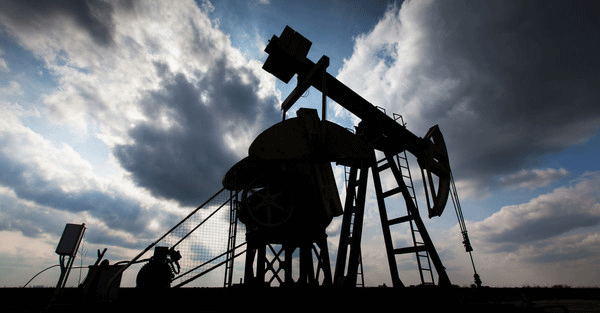
Overall, the ongoing rise in supply would be adequate to satisfy the growth in oil demand in 2H14, resulting in a well-balanced market – OPEC Forecast, June 2014 (right before oil price collapse)
Oil prices have plummeted 70 percent from highs in June 2014 and not many upstream oil and gas operations are making money. – Omar Mawji, OilPrice.com, May 2015
In the first half of 2014, it was the best of times. Then, two years later, it was the worst of times.
If 2014 was the age of financial foolishness, then 2016 was the age of financial restraint.
If 2014 was the epoch of belief that prices would forever remain high, then 2016 was the epoch of incredulity that prices were so low – and staying there.
If 2014 was the season of light, then 2016 was the season of darkness.
If 2014 was the spring of hope, then 2016 was the winter of despair.
A modified Dickens’ A Tale of Two Cities introduction is appropriate to describe the state of the oil industry and in particular, U.S. shale companies over the past two years.
From an insider’s perspective, here’s how the tail end of the boom in 2014 compared to the bust of 2015-2016 and the prospects moving forward.
A non-stop hiring spree was the norm in 2014. Not just for oil and gas exploration and production companies, either. This was the norm across the board for the oilfield service companies, the proverbial picks and shovels of the oilfield.
Even in a non-HR role at an exploration production company, I suddenly found myself responsible for hiring eighteen people and interviewing dozens more. It essentially became a full-time HR job. An outside observer might pause and think to assess the situation, but everyone was just wrapped up in the mania.
Reckless is the only way to describe what was going on at this time, particularly in spending. Spending that would even outperform the most drunken sailor was also the norm for the industry.
The costs to drill and complete (frac) a U.S. onshore shale well was already in the neighborhood of $7-10 million – if everything went as planned. But with countless variables, engineers and field employees still relatively new to the shale plays, and the incentive to drill faster, everything often did not go as planned. The incidents – lost drill bits and even entire sections of pipe – mounted to tens of millions of dollars.
With the continued Fed money printing that armed the banks to finance the capital intensive, debt-loaded oilfield, the industry would soon find out that dozens of drill bits forever buried in the ground would be the least of their worries. Shortly after OPEC produced their June 2014 report, undoubtedly as many reading this piece already know, oil prices began the nosedive. The cure for high prices, was as always, high prices.
On the way down, oil company executives pinged their employees on how low the rig count could go. Then they all watched in horror as the rig count fell below even their worst floor projections.
Then the layoffs began as they often do, first with the oilfield service companies. The layoffs continued throughout 2015, finally striking my company. And it was brutal.
Through reduced capital expenditures, often cut in half or more in 2016 compared to 2014, continued optimization of well designs, securing credit revolvers, and penny-pinching on every general and administrative expense, some U.S. shale oil companies have stayed afloat. However, if oil has another dead-cat bounce like it experienced earlier in 2016, many more shale companies will be in trouble. The most promising shale plays have a breakeven price of high $30s/low $40s per barrel.
The cutback for all exploration and production companies, not just U.S. shale, will likely be enough for a marginally increased oil price in the second half of 2016. This presents opportunities. The damage has been done to the balance sheets of the smaller shale players. The supermajors – and those companies primed to join the ranks of supermajors – will be in a prime position to cheaply acquire these assets. As noted by Mawji:
It is in our current market that giants like Exxon, BP, Chevron, ConocoPhillips, and Shell are formed.
Conclusion:
The question is not if oil prices will recover. The questions are first, when they will recover enough for exploration and production activities to pick back up? And second, how cheaply can the larger players acquire the assets of the bankrupted companies? For these reasons, prudent investors should look at the oil supermajors as promising investments in this turbulent oil market.
